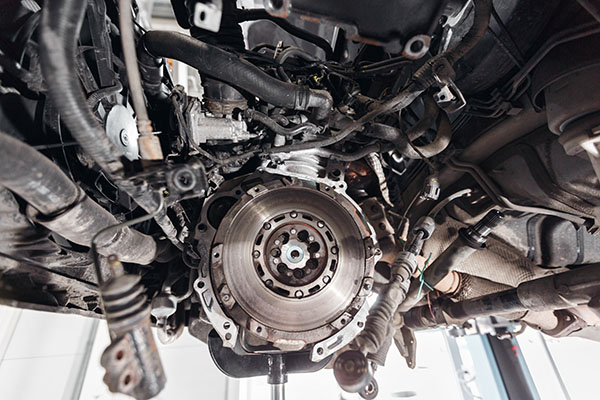
Beneath the surface of every journey, hidden beneath the intricate machinery of your vehicle, lies a critical component that quietly shoulders the responsibility of keeping you on the move—the axle. It stands as a linchpin, facilitating the seamless transfer of power from the engine to the wheels.
The Axle Unveiled
At its essence, the axle is a simple yet indispensable component. It serves as the central shaft connecting the wheels of a vehicle, ensuring they rotate together. While the concept might seem straightforward, the axle's design and functionality are marvels of engineering intricacy.
In most vehicles, you'll find two types of axles: the front axle, responsible for steering and supporting the front wheels, and the rear axle, transmitting power to the rear wheels. The rear axle, in particular, plays a pivotal role in vehicles with rear-wheel drive or all-wheel drive configurations.
What Does the Axle Do?
The primary function of the axle is to transfer torque from the engine to the wheels, enabling the vehicle to move forward. It bears the weight of the vehicle and the forces generated during acceleration, deceleration, and turns. This requires not only strength and durability but also precision engineering to ensure optimal handling and maneuverability.
Maintaining Your Axle:
As an often-overlooked component, the axle merits attention to ensure its longevity and optimal performance. Here are some key practices for maintaining your vehicle's axle:
1. Regular Inspections
Routinely inspect the axle for any signs of damage, such as leaks, cracks, or unusual noises. Catching issues early can prevent more extensive and costly repairs down the road.
2. Lubrication
Proper lubrication is essential for the smooth operation of the axle. Regularly check and replace the axle's lubricating fluid, typically known as axle grease or gear oil, as specified in your vehicle's manual.
3. Wheel Alignment
Misaligned wheels can exert uneven forces on the axle, leading to premature wear. Ensure your wheels are properly aligned to maintain the axle's integrity and prolong its lifespan.
4. Avoid Overloading
Excessive weight places undue stress on the axle, increasing the risk of damage. Respect your vehicle's weight limits to prevent overloading and potential axle strain.
5. Gentle Driving
Smooth and controlled driving reduces stress on the axle. Avoid harsh acceleration, abrupt stops, and aggressive turns, as these actions can accelerate wear and tear.
6. Address Vibrations Promptly
If you notice unusual vibrations, especially during turns, it could indicate axle issues. Promptly address any vibrations to prevent further damage and ensure a safe driving experience.
7. Seek Professional Maintenance
While some maintenance tasks can be DIY, seeking professional inspection and maintenance ensures a comprehensive evaluation of the axle's condition. Experienced technicians can detect subtle issues that might escape untrained eyes.
Need your car's axle repaired or require a quick check? Circle M Tire & Automotive is always one phone call away, so don't hesitate to contact us!